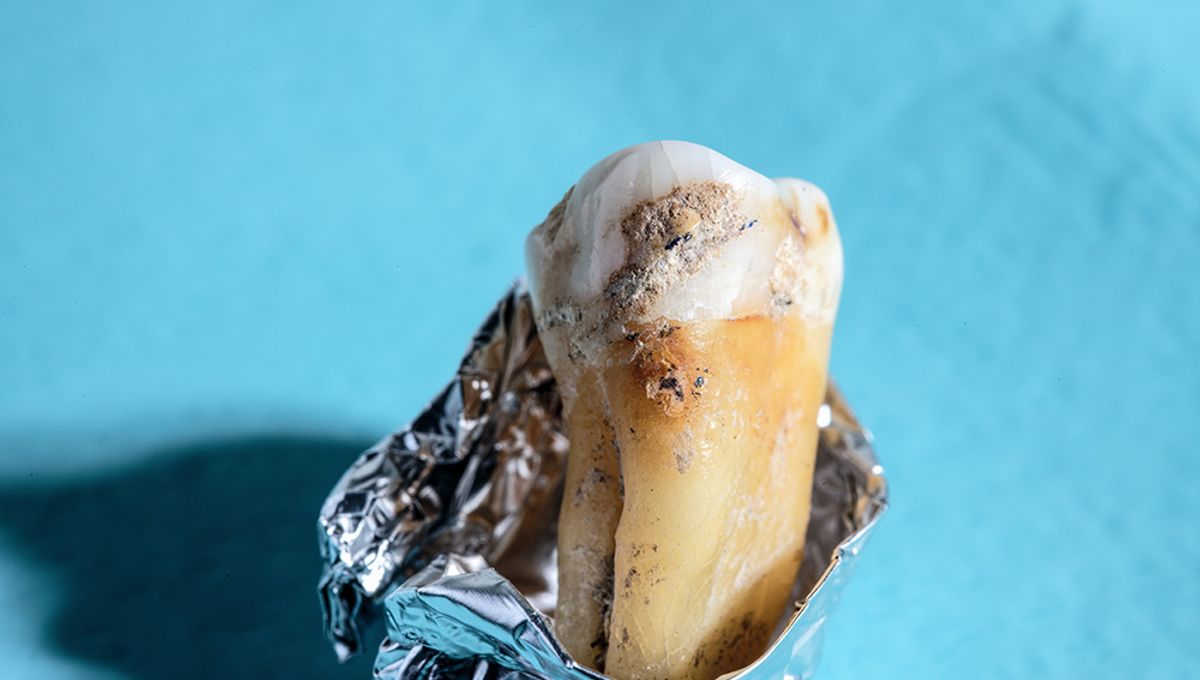
A new study looking at the dental plaque of 12 Neanderthals and 52 anatomically modern humans from the past 100,000 years has uncovered a new class of compound that may have once played an important role in the group’s ecology.
Over the past decade, scientific advances in analyzing ancient DNA have allowed researchers to study the genetic diversity of our ancestors. In this recent study from researchers in the US and Germany, the bacterial genomes of the Middle and Upper Palaeolithic were examined, uncovering an ancient organism, the genome of which the team was then able to recreate.
Using metagenomics, researchers identified 459 different genomes present in the dental plaque of the ancient humans. Of these, they identified a gene cluster that was shared by seven individuals from the Palaeolithic period.
The study speculates that the identification of this group could indicate it was playing an important role in our ancient ancestors’ ecology.
From the gene cluster, the team spliced the sequence into living bacteria, and from this were able to produce a new class of natural molecule that has never been seen before, with researchers naming it “paleofurans”.
This ground-breaking approach is the first to successfully bring back the function of ancient bacteria, while the use of dental plaque to reconstruct genomes has allowed the researchers to study the microbiome of human mouths from thousands of years ago.
Outlining the method’s potential for use to explore the biosynthetic potential of ancient organisms, the study goes on to suggest the implications of the research could help us investigate lost microbial diversity, and potentially for use in the creation of antibiotics.
The study of ancient DNA enables us to learn about the different functions and capabilities of genes, and the advent of new methodology provides a promising area for exploration.
This study was published in the Journal Science.
Source Link: Ancient Bacteria's DNA Resurrected From Neanderthal Dental Plaque, Producing New Molecules